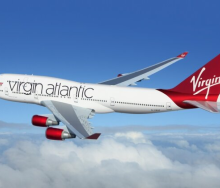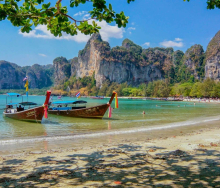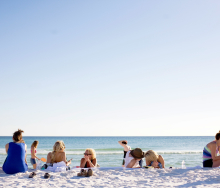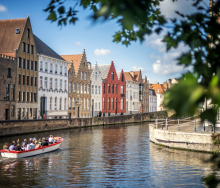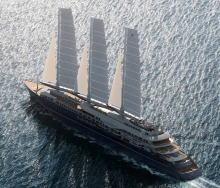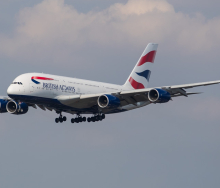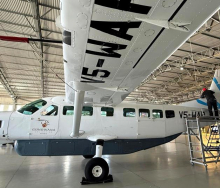Hoteliers have confirmed the positive results highlighted for the festive season – especially in the Western Cape – noting that it bodes well for further growth and recovery in the province this year.
Data from the South African Hotel Review, compiled by benchmarking company, STR – which gathers data directly from hotels across South Africa – has confirmed that hotel occupancy for the Western Cape stood at 72% in December, representing a full recovery rate of 106% when compared with December 2019 (68.1%).
The report further states that in December 2022:
- The average daily rate (ADR) for hotels in the Western Cape grew to R2 302,37, exceeding December 2019 levels, recovering to 114%;
- Revenue per available room (RevPAR) for hotels in the Western Cape reached R1 657,17, recovering by 121% against December 2019; and
- With respect to year-on-year growth, RevPAR in the Western Cape increased by 74% compared with December 2021.
“As more and more data and insights on the performance over our summer season emerge, the more excited I get that our expectations for a bumper season may be confirmed and, in some cases, exceeded,” said Western Cape Minister for Finance and Economic Opportunities, Mireille Wenger.
Wrenelle Stander, Wesgro CEO, said: “I am pleased that the latest hotel data indicates that Western Cape tourism growth has surpassed pre-pandemic levels.
“The positive hotel occupancy figures follow the data we’re seeing emerge from Airports Company South Africa, which shows that Cape Town International Airport’s domestic terminal recorded a year-high of 570 000 two-way passengers for December. International passenger performance hit 96% last month – compared with December 2019 – with 270 000 two-way passengers passing through the terminal.
She said these positive figures indicated that the province was on a growth trajectory and Wesgro was confident that this would continue upwards into the remainder of the year.
Hoteliers affirm strong occupancies
Providence Hospitality MD, Neil Hughes, told Travel News: “We are extremely pleased with our December results, which confirm how strongly the hospitality industry has rebounded.”
He said occupancy levels during December 2022 were up for all of Providence Hospitality’s South African properties.
“We saw particularly noteworthy growth in occupancy in the Winelands region. All properties in this region achieved occupancy levels above 80% with one of our winelands-based guest houses almost doubling its December 2021 occupancy.”
He added that ADR had grown steadily this year, particularly in the Garden Route and Cape Winelands regions.
“While these areas are traditionally supported by the international market, which is now returning, we were also very pleased with the ADR growth at San Lameer Resort Hotel & Spa in KZN.
“This property has traditionally been supported by the South African market and achieved double-digit ADR growth when comparing December 2022 ADR with the December 2021 period.”
Alan Campbell, Sales and Marketing Director of ANEW Hotels – which is on a massive expansion drive for this year – noted that ANEW Hotel Green Point had a stellar year, smashing its own records from the previous year.
“Cape Town is still a strategic location for the group and there are many irons in the fire.” He said that, due to the sensitivity of ongoing discussions, ANEW could not provide further details.
“Watch this space!” he said.
‘Parastatals let us down’
While noting that this growth in revenue and occupancy should be celebrated, Hughes added that it was “disheartening” to see how South Africa’s parastatals had let the industry down over its peak period.
“Worsening load-shedding schedules and water shortages not only obstruct day-to-day business but frustrate the international tourists that we have worked so hard to bring back to our shores,” he said.
“Running generators, trucking in water tanks and investing in alternative power sources to mitigate the reputational damage caused by government service failures have substantially chipped into the industry’s profits during this vital recovery period.”





